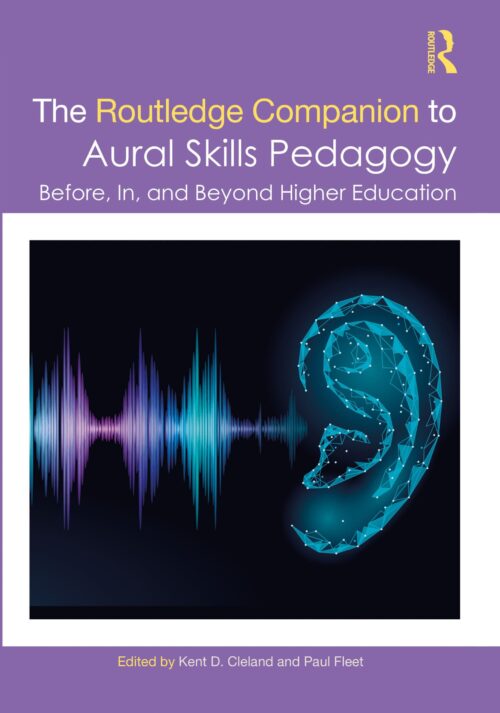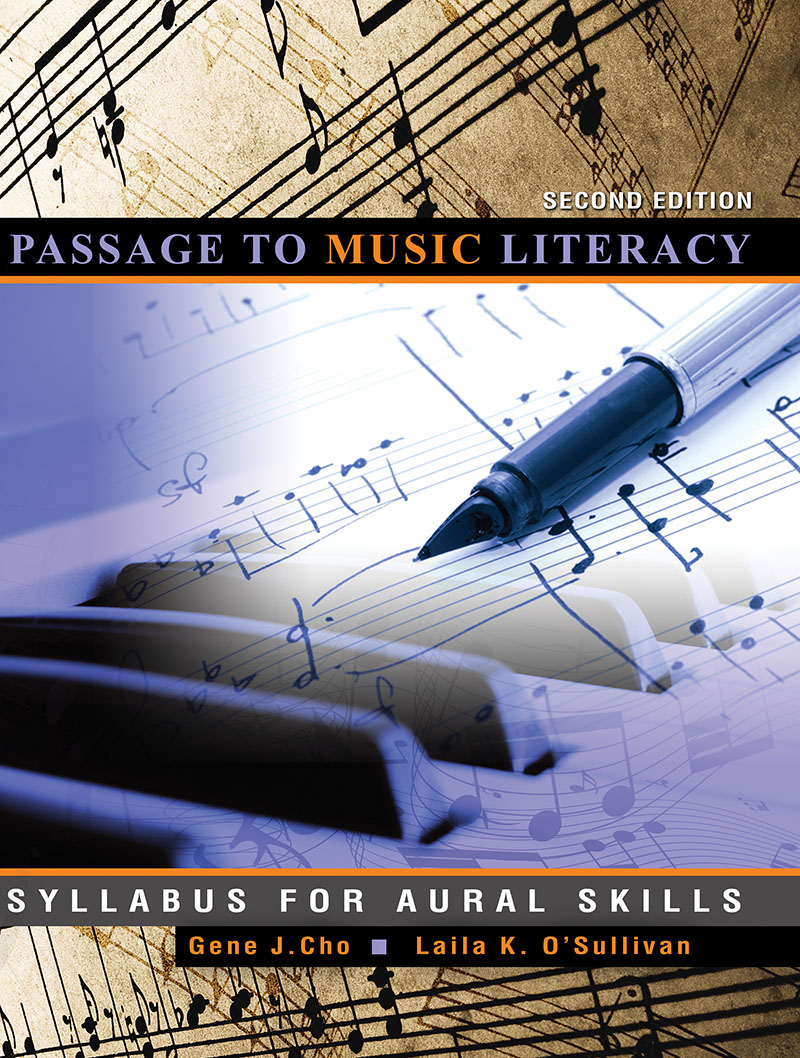

- #Aural skills practice how to#
- #Aural skills practice full#
All triads (major, minor, diminished, augmented) all inversions (root position, first inversion, second inversion). Practice notating all modes in all keys and all clefsĪnnotated Scales Practice Examples Chords. Practice on piano and sing all modes in ascending and descending motion. All modes (Ionian, Dorian, Phrygian, Lydian, Mixolydian, Aeolian, Locrian). All major and minor (natural, melodic, harmonic) scales. Review recommended contextual solfege from Unit 1, 3, 4, and 5Īnnotated Intervals Practice Examples Scales. All compound melodic intervals, ascending and descending. Playlist: “UI Aural Skills IV Midterm Preparation” by “mirandawilson” Intervals #Aural skills practice how to#
DO SOL LA FA TI LA MI SOL RE FA MI LA DOĬlick here to download an entire sheet of exercisesĪs mentioned before, the purpose of this exercise is to teach students how to follow with their eyes, develop their ear, and access their ear while eye-tracking, but not getting bogged down with note-reading.Midterm Exam Sample Questions for Home Practice. I have written out solfege syllables randomly in a line that is 13 syllables long, beginning and ending with ‘do’. This exercises uses the written-out solfege syllables. Self-Assessment Rehearsal Participation Rubric(s) read any and every diatonic jump in written sheet music, no matter how complex it may be. speed up their ability to access and replicate diatonic pitches. develop the eye-tracking skill, simulating sheet music, while focusing primarily on accessing their ear. relate each diatonic pitch back to “do”, rather than to the previous pitch. maintain the tonic, “do”, in their heads. The goals of this exercise are to teach singers to: This one exercise, with a page worth of examples, can be used extensively with the same students, year after year. This is the best exercise for developing a student’s ear this exercise presupposes students can already match pitch, and sing a scale in tune. Why does this happen? It’s simple: because they are processing too many new things at once. Students may even be able to produce many isolated intervals and yet somehow when music is placed in front of them, they cannot find those same pitches. Many issues may arise, such as their lack of ability to quickly identify notes on the staff, understanding rhythm, but the most common major issue is developing and accessing their ear. When students move from ear-training directly into sight-singing, they frequently get stuck. The Best Ear-Training Exercise You Will Ever Use Try SIGHT READING FACTORY and save 10% using code: choralclarity Furthermore, they need to use their fingers to follow their music as well as tapping beats and rhythms. When it comes time for reading actual music, students need to be able to hear the pitches in their head without the distraction of hand coordination. I do not believe the next step for learning to read music involves the utilization of hand signals. 
With that said, I do believe there is a disconnect between Curwen hand signals and the perceived next step, which is reading music.
#Aural skills practice full#
These are terrible excuses, and one day, I hope to build up enough home practice and confidence to get up in front of my high school choirs and freely use them.Ħ Reasons Why Your Singers Can’t Sight-SingĬurwen hand signals, used in the Kodaly method, are useful because they create a visual space for the solfege pitches, which helps to create an internal space for the pitches to be placed the hand signals also create the ability for full non-verbal communication between teacher and student. I’m ashamed to admit it, but I’m not a Curwen hand signal user I know it is an amazing tool, but frankly, I’m too lazy to practice, and also immensely uncoordinated.
 Two Hanukkah Carols (for Caroling Packet). Holiday Caroling Packet (Christmas & Hanukkah). Stopping by Woods on a Snowy Evening (SSAA). Monthly Rehearsal Participation Self-Assessment. Daily/Weekly Rehearsal Participation Self-Assessment.
Two Hanukkah Carols (for Caroling Packet). Holiday Caroling Packet (Christmas & Hanukkah). Stopping by Woods on a Snowy Evening (SSAA). Monthly Rehearsal Participation Self-Assessment. Daily/Weekly Rehearsal Participation Self-Assessment. 
Post Concert/Alternative Concert Bundle. Minor Aural Training Sheet(s) with Assessment Rubric. Simple Alternative Solfege Pattern Rubric. The Best Aural Training Exercise (major) and Assessment Rubric. The Best Aural Training Exercise Rubric. The Best Aural Training Exercise (major).








 0 kommentar(er)
0 kommentar(er)
